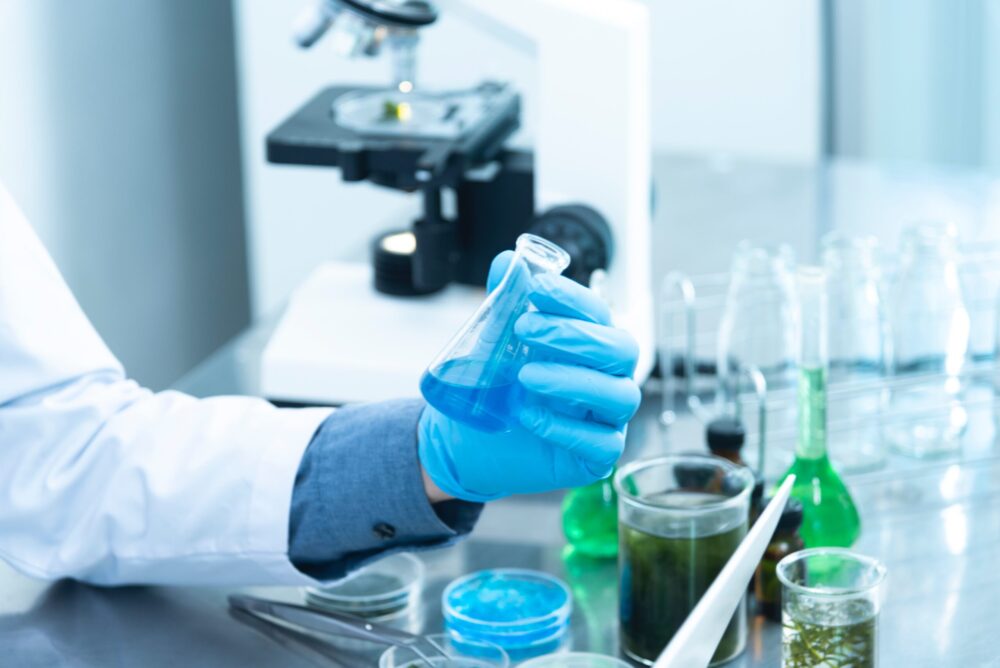Malate-Aspartate Shuttle
The malate-aspartate (MA) shuttle is a biochemical system that transports the electrons produced during glycolysis across the mitochondrion’s semipermeable inner membrane. The mitochondria uses these electrons for oxidative phosphorylation. Although the shuttle has a complex biochemistry, there are several common roles that it plays. Here are some of its functions. Let’s take a closer look.
Transport fluxes
In mitochondria, the malate-aspartate shuttle involves two transporters that facilitate the transfer of equal molar equivalents of the two metabolites in opposite directions. One of the transporters, malate dehydrogenase, removes aspartate from the intermembrane space and facilitates the transfer of glutamate into the mitochondria. The concentration of the two metabolites determines the direction of transport.
The transport fluxes of the malate-aspartate shuttle involve proton exchange between the two species. The transporter transports succinate on the dicarboxylate carrier, which exchanges malate with citrate on the tricarboxylate carrier. Another transporter exchanges aspartate for malate, which allows it to shuttle between reducing and nonreducing equivalents. During this process, a network of transporters allows for the net import or export of a variety of citric acid cycle intermediates.
Function
The malate-aspartate shuttle is a biochemical system that transports electrons from glycolysis into the electron transport chain of the mitochondria. Nicotinamide adenine dinucleotide (NADH) is impermeable to the inner membrane of mitochondria and so aspartate is a key component for carrying reducing equivalents across the membrane. The malate-aspartate shuttle consists of two different enzymes, one in the matrix and one in the intermembrane space.
The mitochondrial carrier aspartate-glutamate carrier (AGC) and the aspartate transporter ODC1-2 are essential for malate-aspartate shuttle function. In mice expressing the gene HA, the shuttle activity was decreased, and the lactate/pyruvate ratio increased. The malate-aspartate shuttle also contains a key protein called aralar. Deficits in aralar result in impaired myelination and insufficient synthesis of myelin lipids. Furthermore, aspartate concentrations in brain tissue were reduced in the aralar genetic defect.
Regulation
The liver and kidney contain the malate-aspartate shuttle enzymes. In mice, these enzymes are depleted in old age. They are increased in AL-fed animals. Similarly, dietary restriction reduces malate-aspartate shuttle enzyme activity in old mice. This suggests that the shuttle enzymes are adapted to the metabolic needs of the liver. However, dietary restriction can also lead to decreased malate-aspartate shuttle enzyme levels.
The structural organization of the mouse aspartate aminotransferase gene was determined by overlapping genomic clones obtained from a DNA library. In this study, we identified a consensus binding site (Sp1) for the malate-aspartate shuttle gene promoter. We measured the activities of malate-aspartate shuttle enzymes in liver and kidney tissues of ad libitum and dietary-restricted mice.
Inborn defect
A malate-aspartate shuttle is an important metabolic pathway in human body. The malate-aspartate shuttle consists of two transporters and four metabolic enzymes. The shuttle is responsible for the transport of electrons from the cytosol into the mitochondria. Since the inner mitochondrial membrane does not permit the passage of electron carriers like NADH, the malate-aspartate shuttle is responsible for the transfer of electrons.
The M-A shuttle regulates glycolysis and lactate metabolism in the heart. Experimental characterization of this complex has been limited by the difficulty of measuring and quantifying metabolites. This study presents a multicompartment model of cardiac metabolism that predicts fluxes and metabolite concentrations in vivo. The multicompartment model of cardiac metabolism also describes phenomenological aspects of the malate-aspartate shuttle.
Mechanism of action
The mechanism of action of the malate-aspartate shuttle is currently unclear. However, it is thought to regulate carbohydrate metabolism and development in preimplantation mouse embryos. The mRNA for the enzymes that participate in this process was found in embryos both in vivo and at the two-cell stage. This study may be helpful for understanding the role of malate-aspartate shuttle in development.
Specifically, the malate-aspartate shuttle regulates NADPH production, which is important for the redox state of cells. Knockdown of GOT2 decreased the NADPH/NADP+ ratio, and resulted in higher ROS levels. Furthermore, menadione induces the production of superoxide radicals. The malate-aspartate shuttle is composed of two different types of enzymes, cytosolic and mitochondrial.



